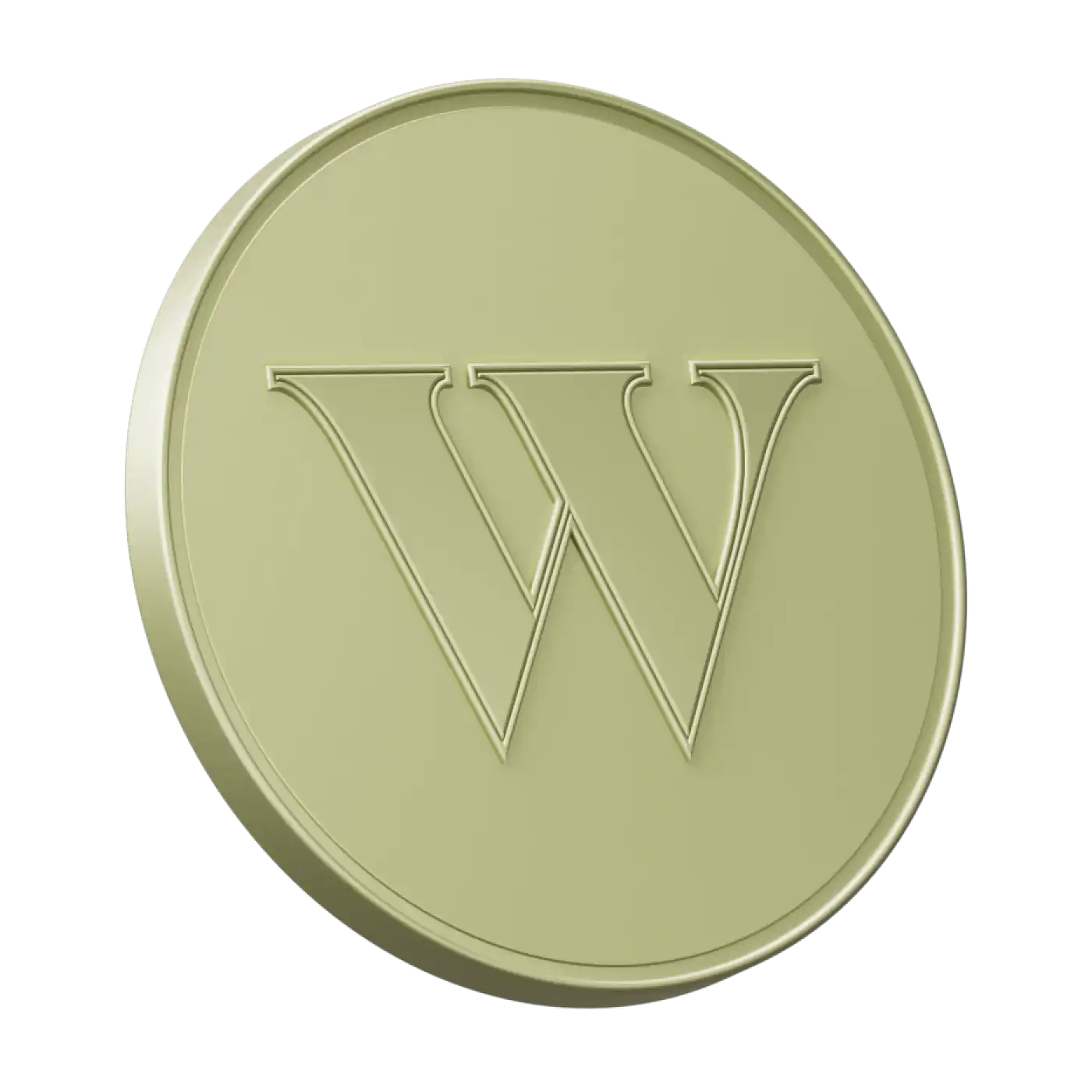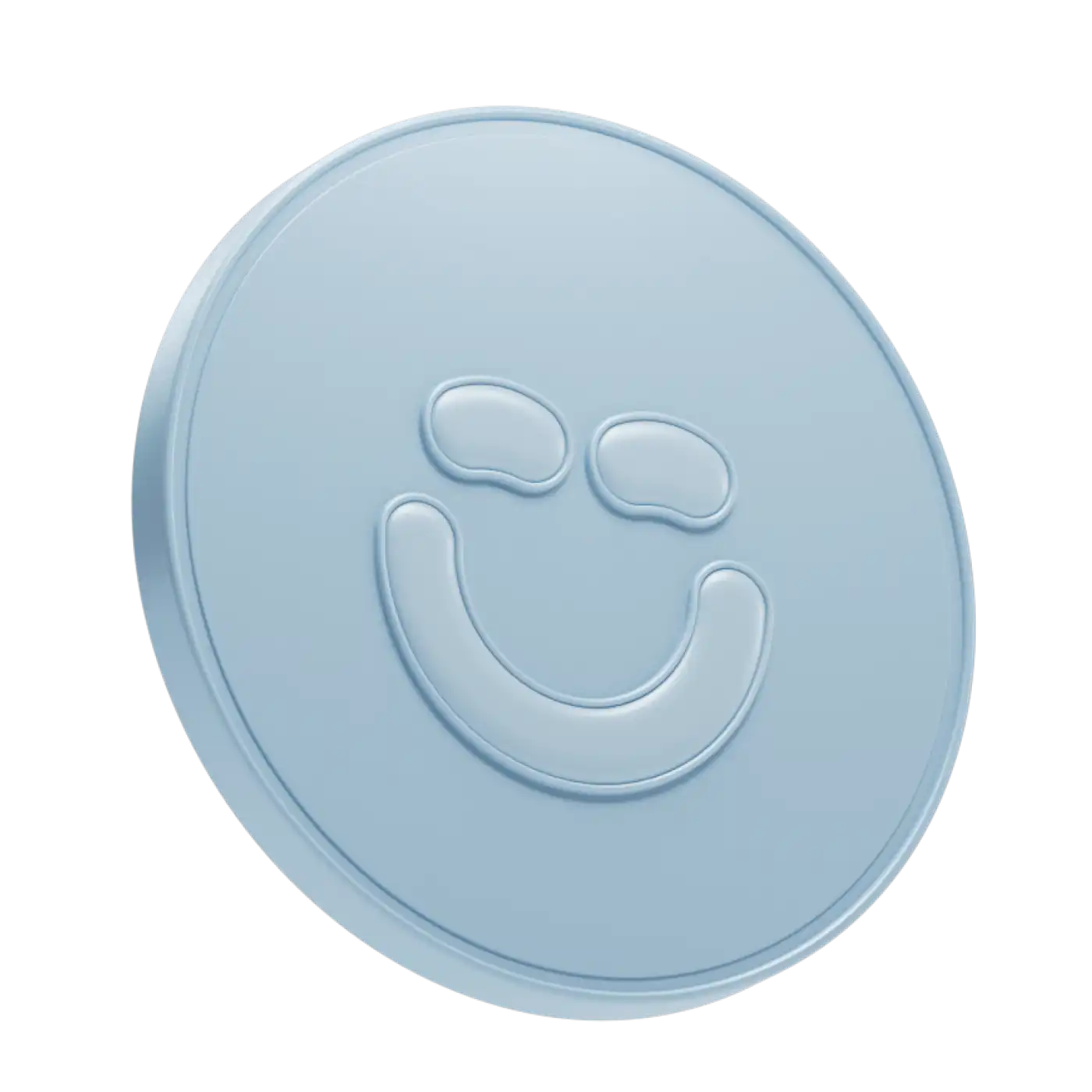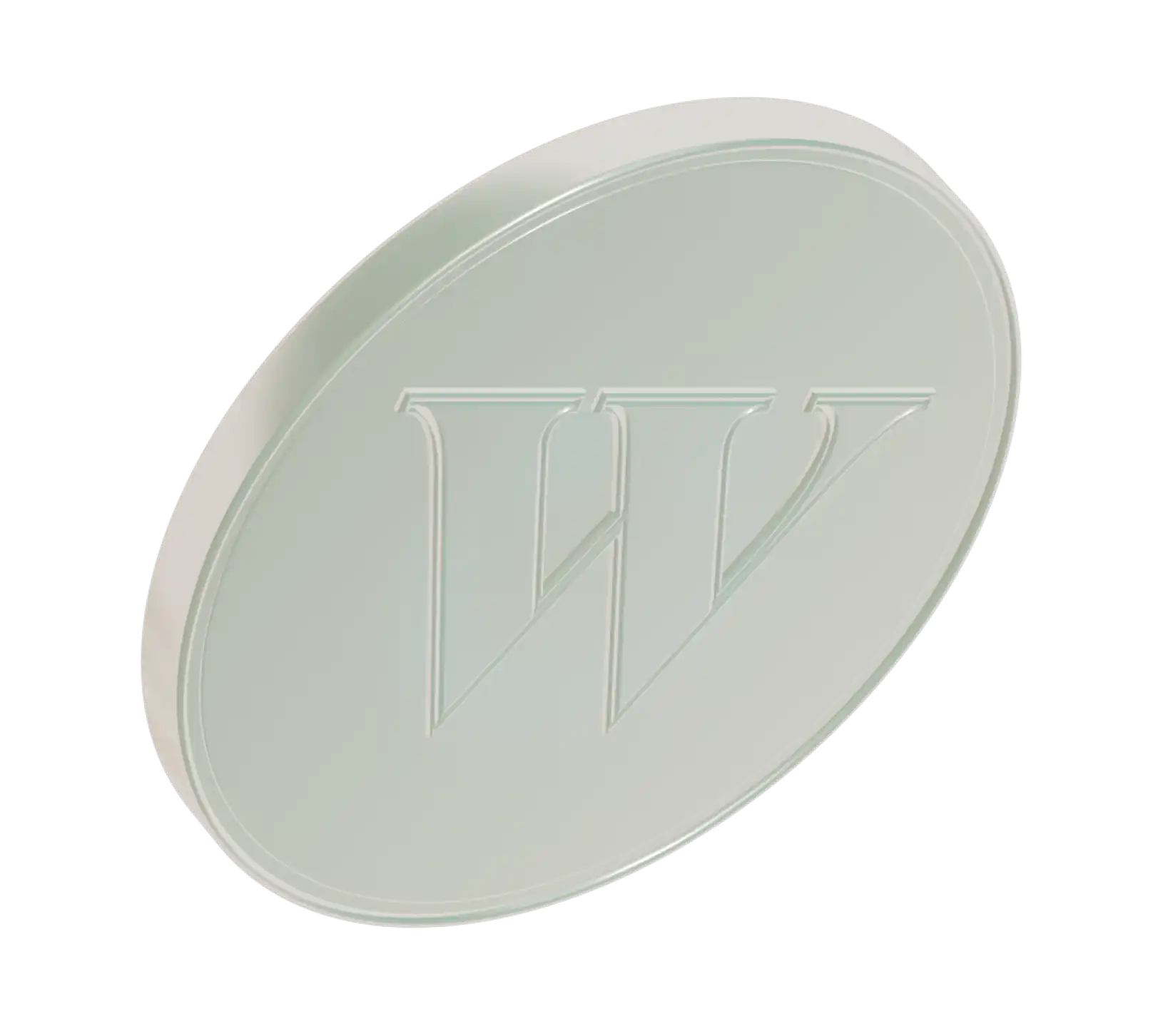These days, buying your dream house can often seem like just that: a dream. Although prices have fallen from the nose-bleed heights of 2022, and interest rates have ticked down a bit, the required monthly payments are still way out of reach for many Canadians: according to recent data, affordability (a measure of the median household income relative to the median home price) is lower than it’s been in 40 years.
Which is... not great. But there is some good news:
First, owning a house is not always the right choice. If you’re looking at a home as a way to build wealth, renting and investing the money you would have used toward a down payment can sometimes lead to better results.
Second, as daunting as saving for a home can feel, don't let the numbers scare you away. If you are dead set on being able to redo the kitchen backsplash without asking a landlord for permission, the right saving strategy can get you there. Here’s how to think it through.
How much house can you afford?
One of the biggest mistakes people make in buying a home is confusing how much the bank will loan them with how much they can actually afford. If you buy based on what you can borrow, you risk ending up house poor. All of your money is tied up in your home, so you don’t have any left to do anything else.
Here’s an easy way to estimate what you can afford:
Total household monthly income (after taxes)
- fixed expenses (groceries, water bill, etc.)
- discretionary expenses (fancy dinners, Vitamin Water bill, etc.)
- whatever money you need to save to pay for goals like an upcoming wedding, university expenses, or retirement
________________
Your budget
Whatever is left over after subtracting those things is the maximum you can spend on a monthly mortgage, property taxes, insurance, and maintenance fees. If that number isn’t enough to buy the home you want, you either need to find a different home or wait until a better time to make the purchase.
If the numbers don’t add up for you now, you’ll either need to save more toward a down payment so you can borrow less or compromise on the size and/or the location of the home you’re looking to buy. Most likely, it’s a combination of the two: bringing down your costs while raising the amount you have at your disposal — and seeing where they meet.
Another good rule of thumb is that no more than 40% of your monthly earnings before taxes should go toward your debt payments (monthly mortgage payment, credit card payments, student loans, etc). If you go much higher than that, you may struggle to meet your monthly payments and have a harder time qualifying for competitive mortgages.
How much money do you need to save to buy a house?
The minimum down payment depends on the price of the home you want to purchase. If it’s $500,000 or less, you’ll need a 5% down payment. If it’s more than $500K but less than $1 million, you’ll need 5% on the first $500,000 and then 10% on the remaining amount. So if you want to buy a house that costs $600,000, your down payment will be $35,000 (5% of the first $500K is $25,000, and 10% of the last $100K is $10,000). Looking at a home that costs more than $1 million? You’ll need at least 20%.
Even if the home you want doesn’t require a 20% down payment, there are definite advantages if you can scrape together that much. For one thing, you’ll likely avoid having to buy mortgage insurance. A 20% down payment also makes you more protected against property price declines, giving you a bigger buffer to make it less likely that your outstanding mortgage balance will exceed your property’s value.
Now that you have your goal in mind...
It's time to start saving
Here are a few strategies to consider, in no particular order.
Let the government help you
There are a bunch of different tax-advantaged accounts that you can use to squirrel that down payment money away a little faster.
First Home Savings Accounts (FHSAs) let you stockpile up to $40,000 (the max contribution is $8,000 per year) to use toward your first home. There are two big tax breaks: any money you contribute to your FHSA reduces your taxable income for that year, and any gains your money makes won’t be taxed when you make a withdrawal — assuming you’re taking it out to buy a first home.
Tax-free Savings Accounts (TFSAs) don’t reduce your taxes when you make a contribution, but any gains you make on the money in your TFSA won’t be taxed, no matter what you spend it on, whether that’s a majority stake in your neighbor’s alpaca farm or a down payment on a house.
Registered Retirement Savings Plans (RRSPs) are, as the name implies, for retirement. Contributions reduce your taxable income the year they’re made. You’re still taxed on the money when you make withdrawals, but for most people, that’s during retirement, when your income — and tax bracket — is much lower.
Why are we talking about a retirement account in a story about saving for a down payment? A special program called the Home Buyers’ Plan lets first-time homebuyers withdraw up to $60,000 from their RRSPs, completely tax-free, to use toward their purchase. You do have to pay the money back to yourself, but you have 15 years to do it.
With so many great options, it’s tough to decide which to contribute to first. That’s why we made this simple flow chart to help you choose.
Cut down on unnecessary expenses
Yes, you deserve a $9 coffee every morning and a Hailey Bieber smoothie at Erewhon during your Los Angeles vacation. But do you need them? Not really. You can make coffee at home, and why go all the way to L.A. when there’s a Booster Juice in Edmonton? When you actually take a look at the little habitual indulgences we all accumulate, it adds up. Cutting back on the little things can mean big savings — sometimes thousands of dollars over the course of a year.
Save on rent
For most people, rent is the biggest monthly expense. So if you can find a way to save there, your path to homeownership gets shorter. Maybe you can downsize, get a roommate, or move to a part of town that’s a little less exciting — but also less expensive. Sacrificing space, privacy, and proximity to ax-throwing bars may be tough at first, but it’s temporary! Think of it as a way station on your journey to happiness.
Use cash for daily transactions
People tend to be more aware of how much they’re spending if they buy with cash instead of a card. (They also tend to be heard from farther away, with all that change jingling in their pockets.) If you’re mindful of your spending, you may automatically be more conservative with your money, leaving you more to save.
Put money into a savings or investment account...
Make the most of all your newly saved money by putting it in a savings account (there are a lot of high-interest options available right now) or an investment account.
If you need access to your money in the next one to three years, savings accounts can be an attractive option since they have lower volatility than investments — although that comes with lower expected returns. If you are comfortable with a little more risk and have more than a few years before you need access to your money, you might consider investing rather than saving. The stock market and many other investments rise and fall over time, but studies show that historically they have grown (significantly) over time.
Investing is an option for those looking to put money away for a house that they won’t buy anytime soon. You’ll be able to ride the wave of the stock market and other investments that are prone to fluctuate. With investing, there are no guarantees, but generally, the returns have been higher.
Regardless of whether you decide to save or invest, start as soon as you can, then sit and watch the magic of compound interest do its thing.
...and consider that account untouchable
If you’re putting all of these hard-earned savings in the same account you use to pay rent and bills, you’re going to see way more money coming out than staying in, no matter how hard you try to discipline yourself. Commit to a savings account or an investment account where you’ll contribute a set monthly amount plus anything else you can afford, and then literally just… forget about it. Deny it even exists.
Add large lump-sum payments to your savings
Whether it’s a tax return, bonus, or generous gift from a relative, when you get a chunk of money, fight the impulse to blow it on something fun. Titanium teeth may be fun to show your friends, but they’re not going to keep you warm or dry for the rest of your life like a home can. Stay focused on your goal.
Keep your credit score in good shape
This isn’t exactly a savings plan, but it will help you when it’s time to buy a house. The better your credit score, the better the odds you’ll get a lower interest rate on your mortgage, which will save you a lot of money in the long run.
Cut out subscriptions
Do you really need a print copy of The New Yorker to stack beside your bed and never read? Downgrade to just the digital subscription and you can ignore those just as easily — for less money. And have you watched anything on Crave since the last season of “The White Lotus” ended? Pause your subscription until the new one comes out.
Airbnb a spare room
Clear it with your landlord first — and get a strong lock for your door, just to be safe.
How to save for a house in a year
Wow, you’re pretty intense, aren’t you? We respect your moxie and dedication. If you can’t stand to rent one more minute, but don’t have a down payment saved up, then you’re going to have to tighten the belt a bit more. Probably more than you’re thinking.
Get rid of your car, if you can
Can you carpool or cycle or use public transport instead? How do you feel about walking for miles at a time? (This last one helps you save on gym memberships, too.) Selling your car and saving on insurance and maintenance gives a huge boost to your savings.
Get a side-hustle
Whether that’s taking on some freelance work, driving Uber or Lyft, or setting up an Etsy shop to sell your crochet vests for small dogs, an income increase means a savings increase.
Don’t go on holiday
Your “friend’s” Instagram post from Crete is a siren call, but keep your eye on the prize! You’ll never live in Crete! And think of how many self-satisfied social media posts you can put up from inside your new house.
Move in with your parents
Not ideal. We get it. But if you have a very clear timeline on when to move out, this is almost certainly the fastest way to home ownership (and therapy). Rent is likely your biggest single expenditure. Eliminate it and you’ll be on the fast track to home ownership.
Choose high-yield, low-risk investments
For short-term goals, consider putting your money in high-yield, low-risk investments, since you’ll be more protected against the market’s fluctuations.




